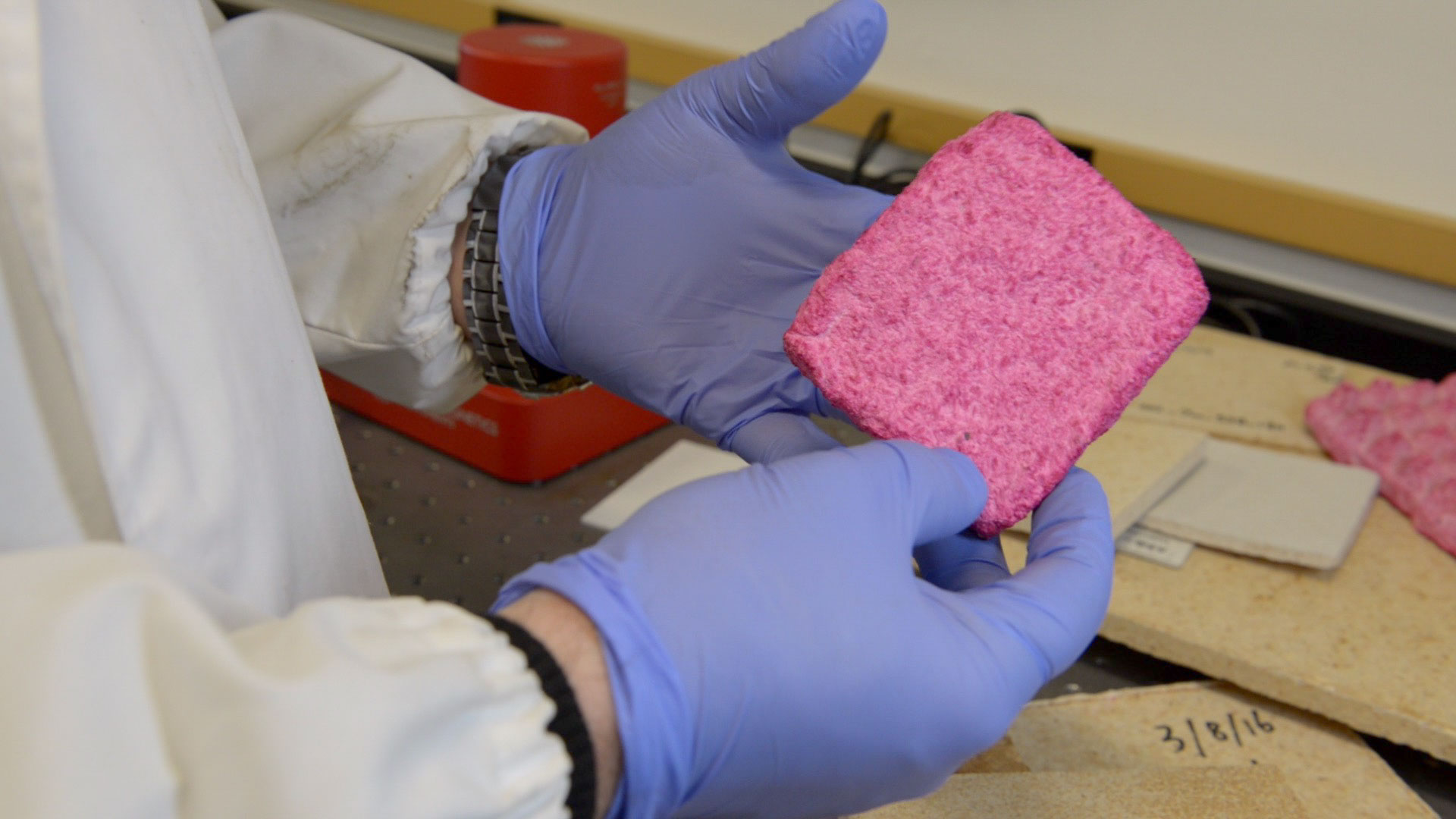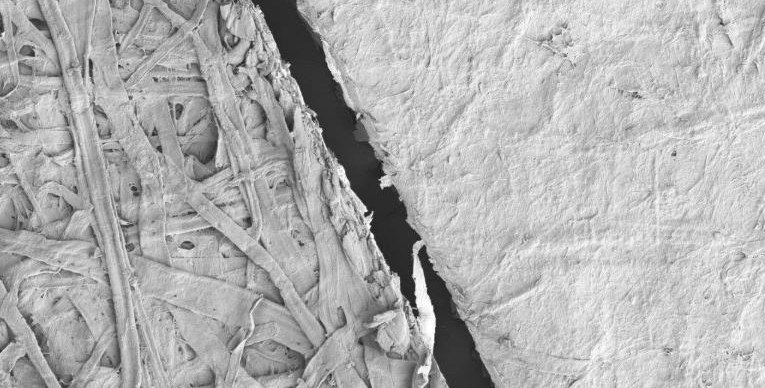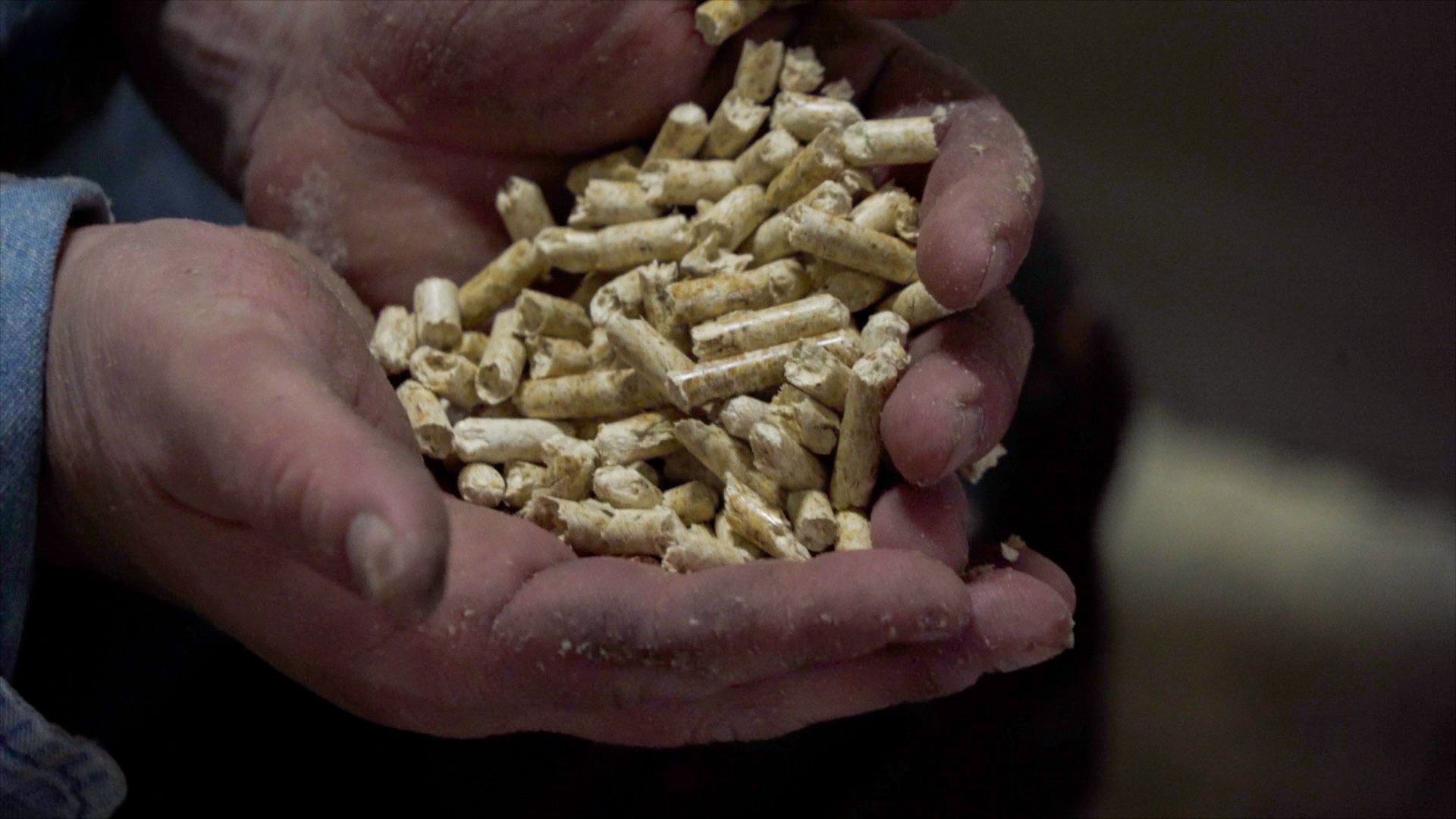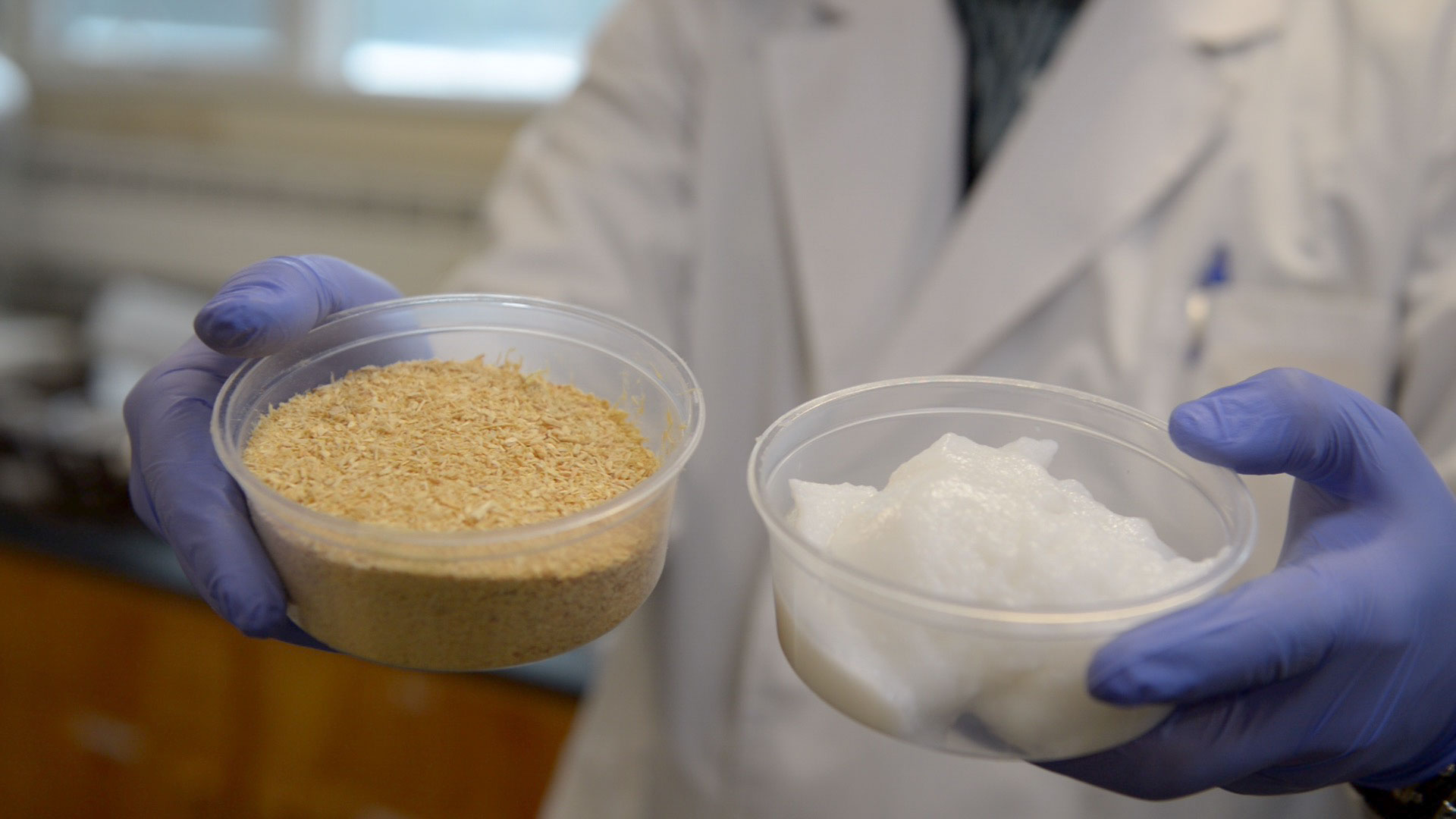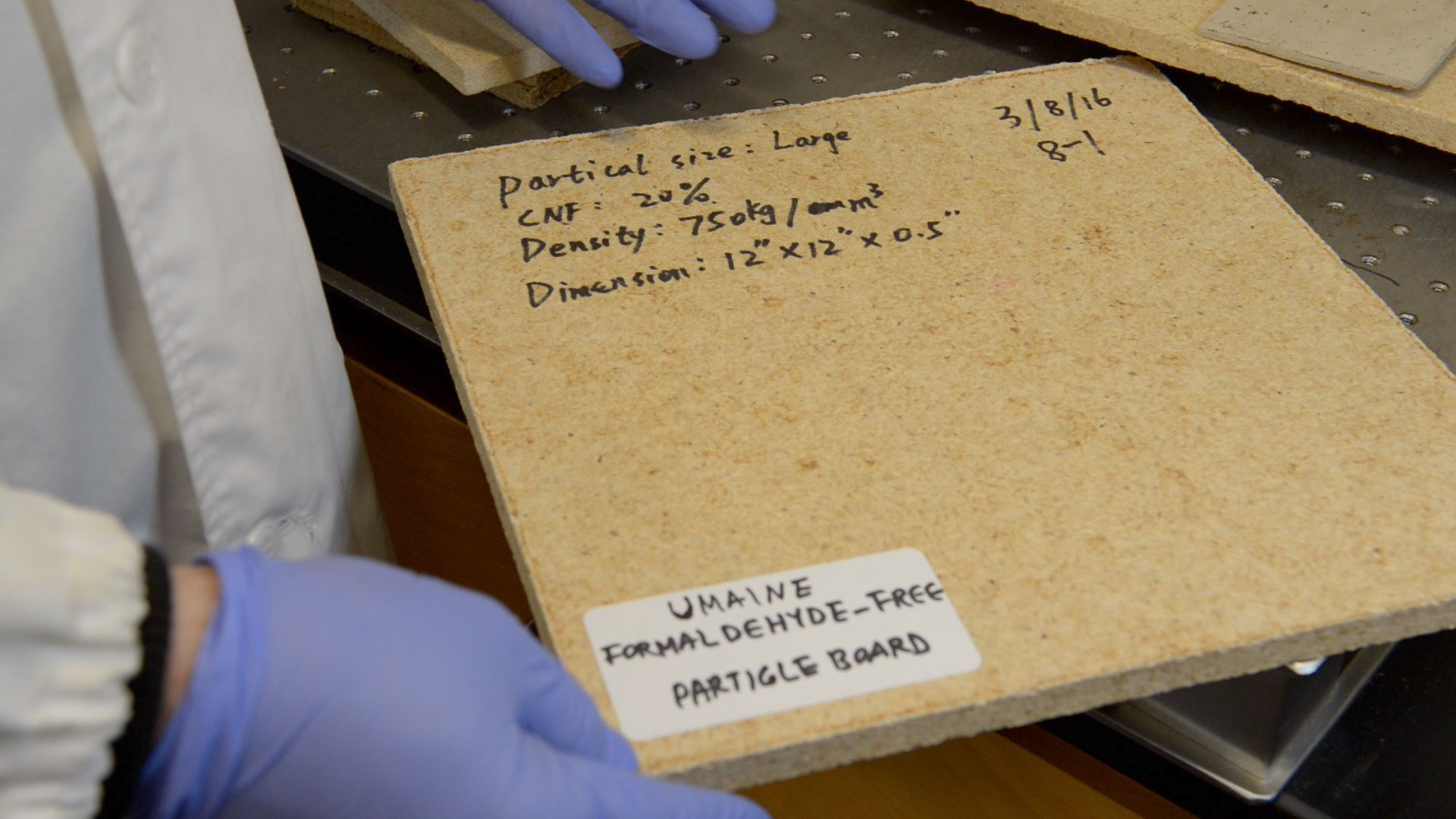Nanocellulose 101
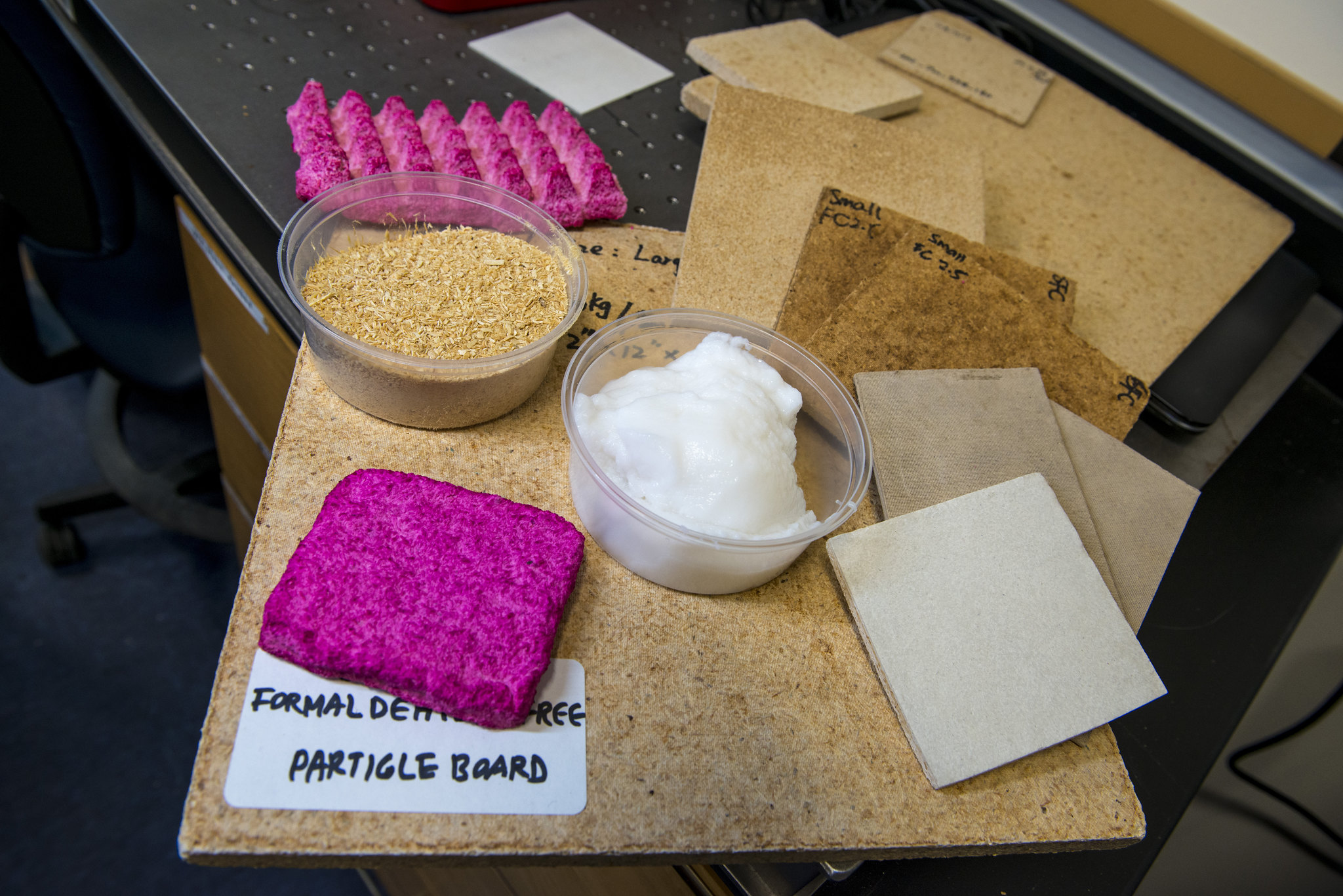
Nanocellulose is a naturally occurring substance that can be altered from its raw form and then used in packaging, food, technology, and many other products we use daily.
Maine has become a pillar in the development and application of nanocellulose. Our state is even starting to be referred to as Nanocellulose Valley.
But, what is nanocellulose and what can it do?
Naturally, nanocellulose is found in small, rigid, rod-like formations called cellulose nanocrystals and larger, longer, more flexible formations called cellulose nanofibrils.
Certain chemical and mechanical processes allow nanocellulose to be used in several different applications. It is incredibly strong yet light, making it a very valuable and useful resource.
Nanocellulose can be found most frequently in trees, but also in plants, algae, bacteria, and even small marine animals known as tunicates.
Nanocellulose can be used in a variety of different products that we interact within our daily lives. Some of the uses of nanocellulose include:
- Medical & Healthcare – to create tools & solutions
- Cosmetics – for smooth application
- Food – to enhance flavors
- Packaging – replacing current plastics
Because nanocellulose is obtained naturally, its health and safety risks are incredibly low.
Fast Facts:
- Nanocellulose Valley is the nickname of the innovation taking place at the University of Maine
- The Process Development Center at The University of Maine is the only facility in the United States that creates CNF (cellulose nanofibrils) at a rate of one ton per day.
- Nanocellulose is being used to create material that mirrors the structure of bone.
- Currently, nanocellulose is changing the flashy, fashion world as it is applied to make sequins.



